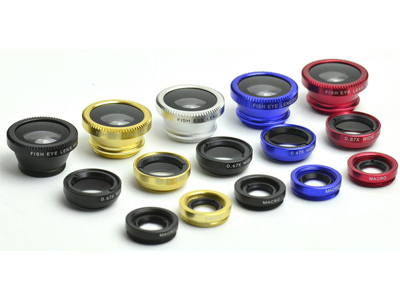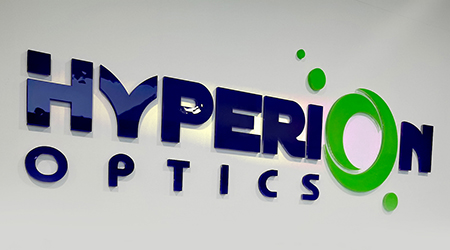Sapphire optical components can be used for various applications that require high durability or a wide spectral range, including semiconductors, FTIR spectroscopy or FLIR imaging. Sapphire glass is the second hardest crystal, and its various properties make it suitable for harsh environments, including ultra-high surface hardness, high thermal conductivity, and high resistance to chemical acids and bases. Compared to multiple standard optical materials, sapphire optical components offer a thinner design, with a transmission range between 0.15 and 5.5 microns, to achieve optimal performance in ultraviolet to mid-infrared ranges.
Sapphire glass has very stable chemical properties and is not corroded by acids or bases. Sapphire has high hardness, with a Mohs hardness of 9, second only to the hardest diamond. It has good light transmission, thermal conductivity, and electrical insulation properties, good mechanical strength, as well as wear and erosion resistance characteristics. The highest working temperature is 1900℃.
Due to the good light transmission of high-quality synthetic sapphire crystal materials in the 170 nm to 6000 nm wavelength band, and the infrared transmittance hardly varies with temperature, optical components made of high-quality synthetic sapphire, and infrared-transmitting optical windows, have been widely used in military night vision infrared equipment, low-temperature laboratory observation ports, high-precision instruments and equipment used in aviation and aerospace, and other related fields.
Sapphire ball lens is convex on one side and flat on the other side, with a positive focal length, usually used for applications such as reducing beam size, reducing focal length, or enlarging images. In order to reduce spherical aberration, when a plano-convex lens is used for collimating and focusing the light beam, the beam should be incident on the curved surface of the lens; when used for collimating point sources, the beam should be incident on the flat surface. The plano-convex lens focuses light into a point and is commonly used for aiming and focusing monochromatic light sources. When using, the convex surface should face the incident light. Plano-convex lenses are available with anti-reflective coatings. Germanium, silicon, or zinc selenide substrates are suitable for infrared applications, while fused quartz is suitable for ultraviolet applications.
Sapphire ball lens is usually used to change the direction of light transmission, and achieve control of imaging accuracy, angle, and other factors. Sapphire material has good light transmission performance, so lens products made of sapphire material have a longer lifespan, adapt to a wider spectral range, and have obvious advantages compared to optical glass. Different types of sapphire ball lenses can be processed according to user requirements, such as spherical lenses, cylindrical lenses, and prism series, etc.

 Call us on:
Call us on:  Email us:
Email us:  R&D Center: 9B-4F 401,No.1 Qingnian Road Liando U Valley,Yuhua International Wisdom Valley, Nanjing, 210039 China
R&D Center: 9B-4F 401,No.1 Qingnian Road Liando U Valley,Yuhua International Wisdom Valley, Nanjing, 210039 China









 English
English  cn
cn  de
de  es
es  fr
fr 


